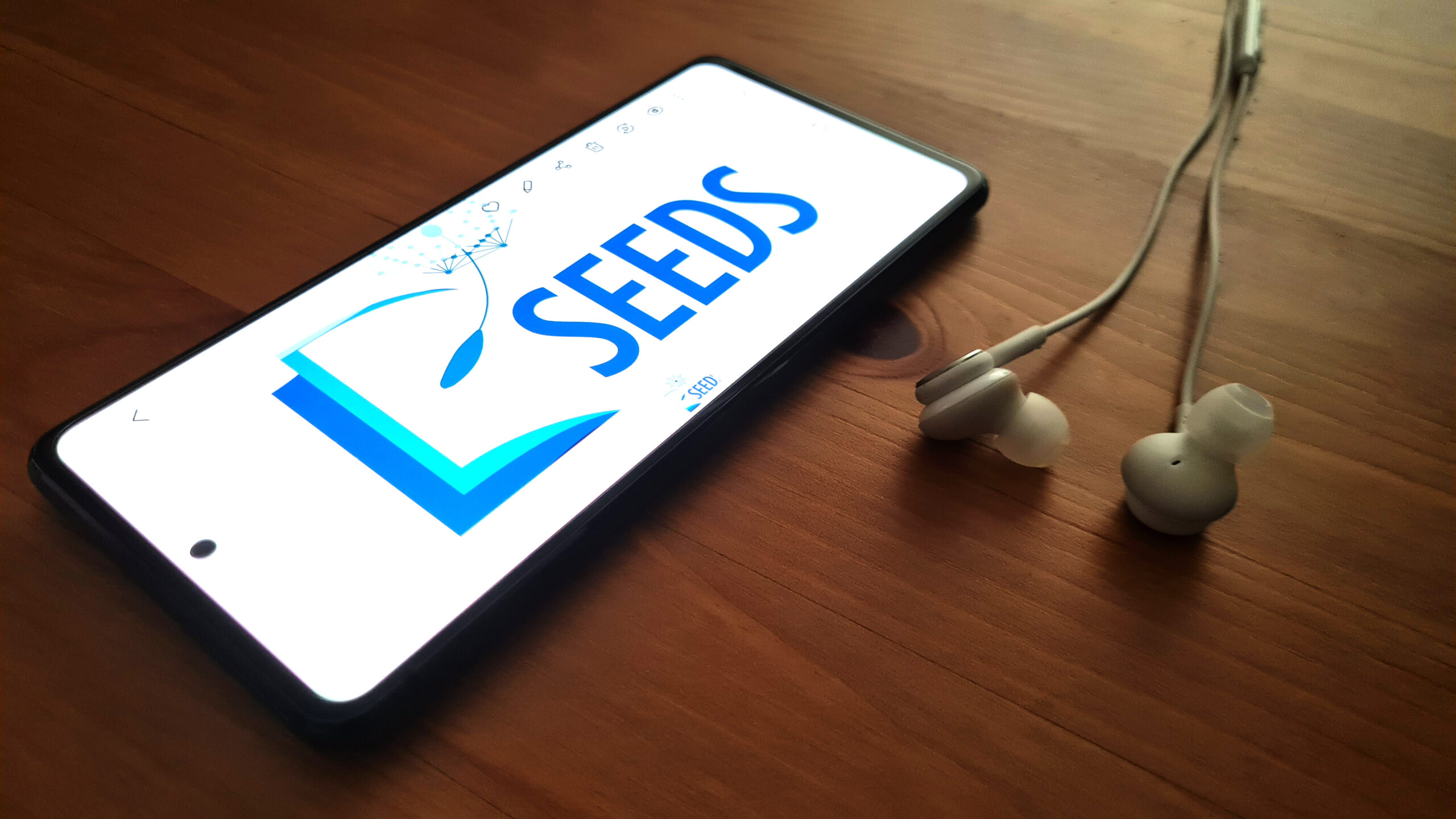
Intellectual Outputs
The SEEDS project consists of four Intellectual Outputs (IOs) led by different project partners, but in order to ensure synergy, all partners work together.
Intellectual Outputs 1 (IO1)
SEEDS is a conversational and integrated chatbot. Learners can have a two-way interaction with it.
The interfaces of this chatbot can be translated into 4 languages: English, Spanish, German, and Greek.
Learners can download learning materials online and offline.
Learners can download the created learning materials, exercises, and tasks.
Using this chatbot is very easy and user-friendly.
Intellectual Outputs 2 (IO2)
Teachers and Cultural mediators can create the learning materials and educational content in the web application.
The server sends the learning material to the SEEDS chatbot.
Through the SEEDS chatbot, the user can access a variety of learning materials (based on classes but also the material itself such as videos, pdfs, texts, and images) and also answer questions.
There are different types of questions, such as multiple-choice questions, True/False questions, and many other question types are in development.
The user will receive feedback on the answers and can also track the learning progress.
Intellectual Outputs 3 (IO3)

The University of Alicante has conducted the required steps to achieve a solid definition of the learning materials in SEEDS. Along with OpenLabAthens, UA assured the compliance of the technical tools with the pedagogical aspects of the learning. UA studied the material requirements and developed templates in the form of learning exercises that reflect them and are easily applicable in web and mobile applications. Those templates were then programmed in the technical solutions by the University of Siegen.
Furthermore, UA has also begun building the content for those learning materials in the field of language learning, to offer this content to the final users of the SEEDS applications. Within this task, USI and OLA supported by translating any parts of the learning material that needed translation to the languages of the corresponding partner countries.
Intellectual Outputs 4 (IO4)




